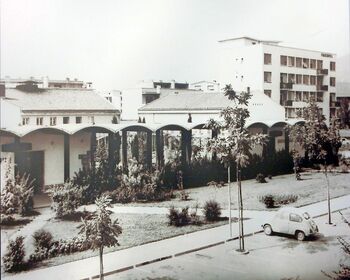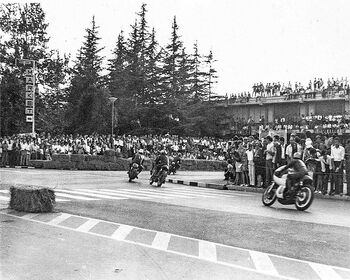The Birth of a New Urban Center
The story of Nova Gorica, which translates to "New Gorizia," began in 1947 with the Paris Peace Treaty. This treaty established a new border between Yugoslavia and Italy, leaving the historic town of Gorizia on the Italian side. This division effectively cut off the surrounding regions of the Soča and Vipava Valleys, the Gorizia Hills, and the northwestern Karst Plateau from their traditional urban center. In response, the Yugoslav authorities made the decision to build a new city, a "substitute" for the one lost, to serve as the new administrative, economic, and cultural heart of the Goriška region.
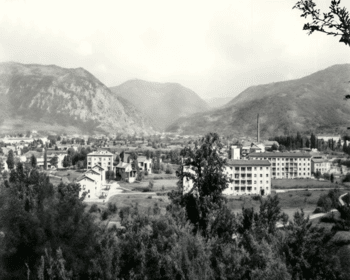
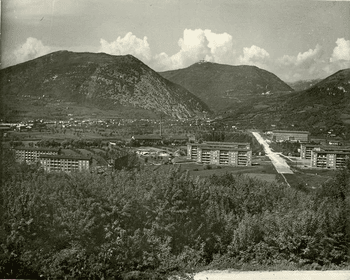
A Modernist Vision for a Socialist City
The vision for Nova Gorica was ambitious. It was to be a planned city, a "socialist model city" intended to "shine across the border" and showcase the ideals of the new social order to the capitalist West. The project was personally backed by Yugoslav leader Marshal Tito, who entrusted the design to the renowned Slovenian architect Edvard Ravnikar, a student of the famous Le Corbusier. Ravnikar envisioned a modern, functional garden city with wide boulevards and ample green spaces, a stark contrast to the older, more organically grown towns.
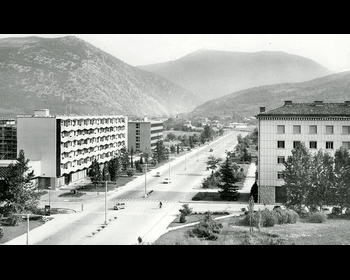
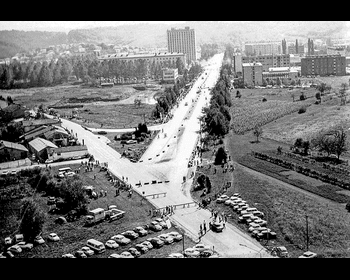
From Ambitious Plans to Pragmatic Construction
Construction began in 1948, with thousands of youth brigades from all over Yugoslavia participating in the monumental effort. They worked with basic tools, and sometimes even their bare hands, to transform a once marshy area into the foundations of a new city. The initial plan, however, faced challenges. A political dispute between Tito and Stalin in 1948 led to a loss of federal funding, forcing a more modest and pragmatic approach to the city's development. Despite this, the core of Ravnikar's modernist vision is still visible in the city's layout and architecture today.
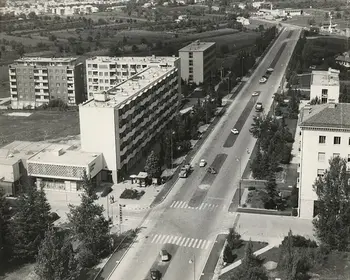
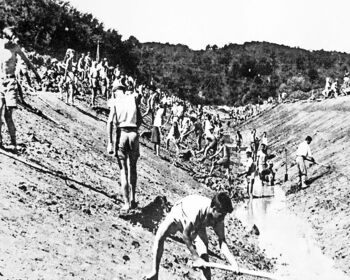
A Tale of Two Cities: Division and Rapprochement
For decades, a tangible border separated Nova Gorica from its Italian twin, Gorizia. This division was a stark reality of the Cold War era, with stories of families and properties split overnight. One famous photograph from 1947 captured the absurdity of the situation, showing a cow with its front legs in Yugoslavia and its back legs in Italy. Over time, however, a unique cross-border relationship began to develop. A special border trade emerged, and many Yugoslavians would cross into Gorizia for shopping, while Italians were later drawn to Nova Gorica's casinos.
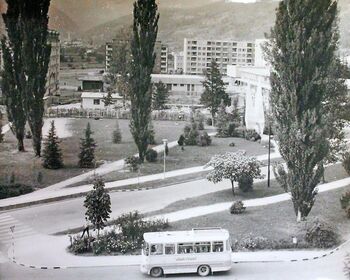
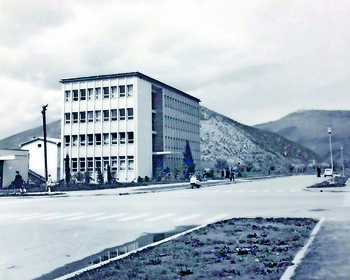
From a Divided Past to a "BORDERLESS" Future
A new era of optimism dawned with Slovenia's independence in the early 1990s and its subsequent entry into the European Union in 2004. The once heavily guarded border became increasingly symbolic. A pivotal moment came with the creation of Europe Square/Piazza Transalpina, a shared public space on the border in front of the Nova Gorica railway station, symbolizing the growing connection between the two cities.
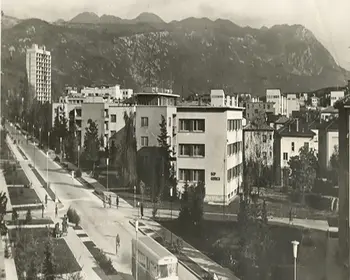
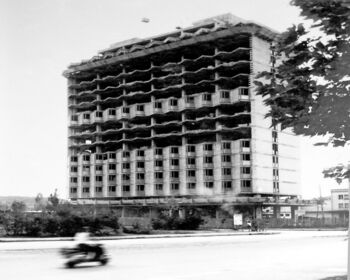
European Capital of Culture: A Symbol of Unity
Today, Nova Gorica and Gorizia are not just neighbors but partners. Their unique bond has been recognized on a global stage, as they will jointly hold the title of European Capital of Culture in 2025. This prestigious designation celebrates their shared history and their commitment to a "GO! BORDERLESS" future of collaboration and unity. The city that was once a symbol of division has transformed into a beacon of cross-border cooperation, a living laboratory for a united Europe.
